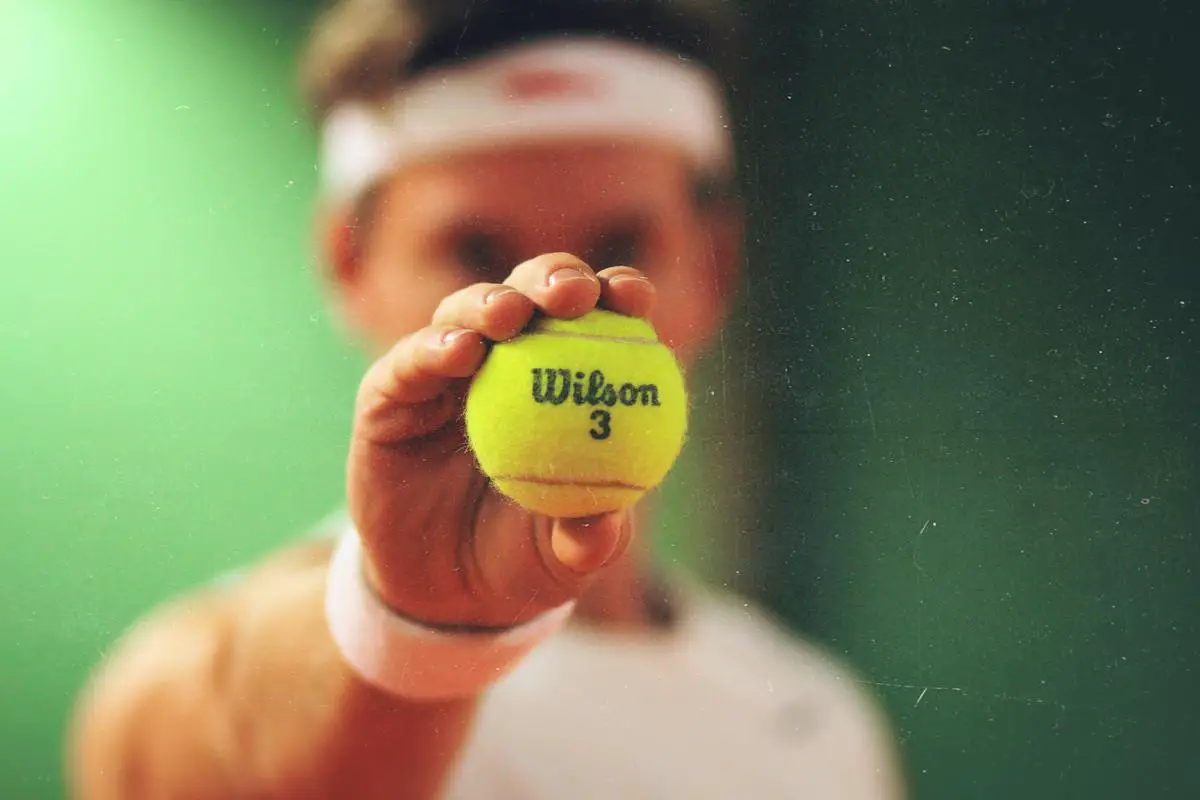Tennis is a sport rich in skill, strategy, and style, offering endless opportunities for player development. Whether you are a newcomer desiring to learn the game or someone who simply wants to sharpen their skills, understanding the fundamentals is pivotal. Among the foundational elements of tennis, the grip types, stance, and swing hold substantial significance. In conjunction, mastering the basic techniques such as the forehand, backhand, serve, and volley serves as a quintessential step towards becoming proficient in the sport. Simultaneously, implementing beginner tennis drills can greatly aid this learning process, making it not only effective but also enjoyable.
Basic Tennis Techniques
Introduction to Basic Tennis Techniques
Playing tennis requires the mastery of a range of skills and techniques. For beginners, it’s essential to familiarize oneself with the fundamental elements such as different types of grips, stances, and swings. The following guide outlines the basics of the forehand, backhand, serve, and volley which are the core skills for aspiring tennis players.
Understanding Tennis Grips
The way you grip your tennis racket drastically affects the direction, spin, and power of your shots. Two common grips to start learning are the Eastern Grip and Continental Grip.
- Eastern Grip: Hold the racket handle as if you were shaking hands with it. Index knuckle should be on the third bevel.
- Continental Grip: Move your index knuckle and heel of the hand to the second bevel. This grip is used for serving, volleying, or overhead shots.
Practice these grips repeatedly, switching back and forth to develop the muscle memory.
Adopting the Correct Stance
A good stance provides the foundation for your shot and allows you to maintain balance. The two basic stances in tennis are the Square Stance and Open Stance.
- Square Stance: Stand perpendicular to the net. Your feet, hips, and shoulders should be aligned to where you are aiming the ball. This is often used when you have more time to prepare for the shot.
- Open Stance: Your lead foot is slightly closer to the net than your back foot. This is commonly used when time is limited or to impart more power to the shot.
Mastering the Swing
The swing is an essential aspect of tennis technique. A good swing can generate power and spin. The two essential swings to learn are forehand and backhand.
- Forehand Swing: Start your swing with the racket to the side of your body; your elbow should be bent, and the racket head should be higher than the grip. As you swing to hit the ball, your racket handle should point towards the direction of the net.
- Backhand Swing: Start your swing with the racket in front of you, with your non-dominant hand at the throat of the racket. As you swing, rotate your torso towards the net.
The Serve and Volley Technique
- Serve: Throw the ball high in the air while you swing your racket from the trophy pose. Contact the ball at the highest point of your swing, and follow through by rotating your body towards the net.
- Volley: Move towards the ball and meet it before it bounces. Make a short and compact swing, hitting the ball while your racket head is still going upwards. Follow through is minimal in the volley.
It’s important to practice these drills consistently to improve. Remember, tennis is a game of precision and timing, not just power. With proper form and technique, you’ll set the stage for a steady progression up the skill ladder.

Beginner Tennis Drills
Introduction: Mastering the Basics of Tennis through Drills
Tennis, a popular sport worldwide, is an amazing game that doesn’t just require hand-eye coordination but also involves strategy, agility, and endurance. Everyone starts as a beginner and one of the best ways to improve your tennis skills is through practice and consistent drilling. These drills will help you perfect the basic skills of tennis in an engaging, practical manner. The intention is to enhance your consistency, precision, speed, and control. They could include wall hitting drills, service box drills, target drills, and workout routines designed to improve your footwork and agility.
Wall Hitting Drill
A key beginner’s drill, the wall hitting exercise is an excellent way to work on your hits and control. You will need an open wall space and enough room to hit the ball comfortably. The objective here is to practice your ground strokes and build muscle memory.
- Start close to the wall (about 6 feet away) and work on hitting the ball against the wall and having it bounce back to your strike zone.
- As you become more comfortable, increase your distance gradually and start incorporating movement into your practice. For example, try moving side to side or forward and backward after each hit.
Service Box Drill
A crucial element of a tennis game is a good serve, and the service box drill is designed to practice exactly that. The goal is to serve into the opposite service box on the other side of the net. This drill can be performed alone or with a partner.
- Start by standing behind the baseline and aiming your serve into the opposite service box.
- If you are practicing alone, you can score yourself based on the number of successful serves.
- When practicing with a partner, you can add a competitive element by having the person who misses a service box lose a point.
Cone Target Drill
The cone target drill is a great way to improve your precision. You will require some markers or cones and ample space on the court.
- Place cones or markers at various locations on the court.
- Starting from the baseline, aim your shots in a way that knocks these cones or markers over.
- As you advance, make the targets smaller or increase the distance to enhance the challenge.
Footwork and Agility Drill
Agility and proper footwork are essential in tennis as they help a player to move swiftly and be in the correct position to hit the ball. The ladder drill is a commonly used drill to enhance footwork and agility.
- Lay down an agility ladder on the court (alternatively, you could also use lines or markers).
- Move through the ladder with quick steps, making sure to touch each box.
- Vary the exercise by moving side to side, or hopping with both feet, to build different footwork skills.
Remember, the key to mastering tennis, like any other skill, lies in consistency and perseverance. Even if the initial progress is slow, don’t get disheartened. Keep practicing these beginner drills and in no time, you will observe remarkable improvement in your game. Happy practicing!

As the journey into the vibrant world of tennis continues, the essence of drilling for beginners becomes increasingly apparent. These exercises are designed to enhance proficiency by focusing on key areas such as consistency, accuracy, speed, and control. Whether it’s wall hitting drills, service box drills or cone target drills, every activity serves a purpose in shaping your footwork and agility. Not only does this lay a strong foundation for continued skill development, but it also fosters a deeper understanding of the game’s subtleties. So, gear up and let the learning and fun begin in this exciting sport of tennis.